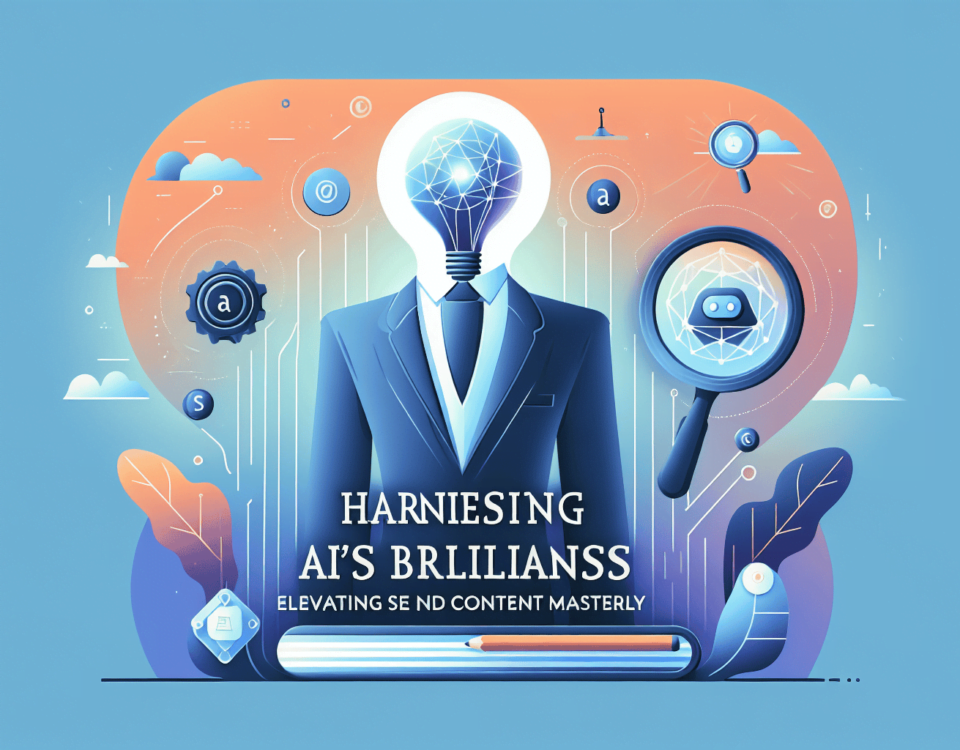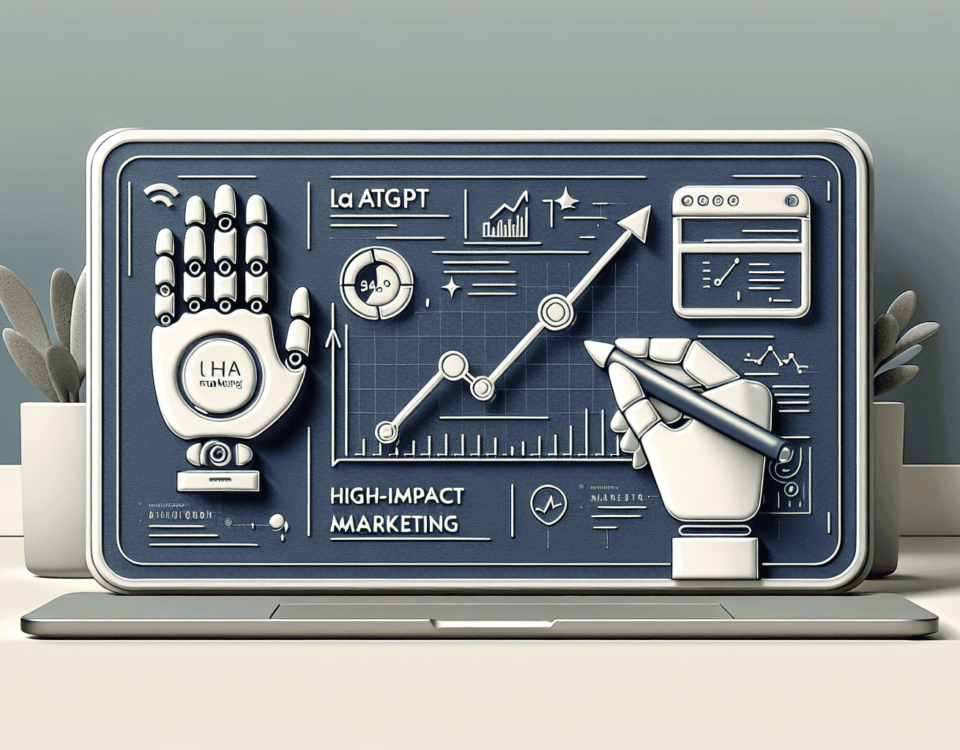Decoding the Marketing Funnel Structure
The marketing funnel is a concept that has withstood the test of time, evolving with the digital age to remain a cornerstone of strategic marketing. By dissecting its structure, we can gain invaluable insights into consumer behavior and marketing effectiveness.
The top of the funnel is where awareness blooms. At this juncture, the paramount goal is to cast a wide net, capturing the attention of prospective customers through broad-reaching initiatives. Below, nestled within the funnel’s mid-section, resides interest and consideration, where prospects who have acknowledged the brand are nurtured patiently, coaxed towards a deeper engagement. Finally, at the funnel’s narrowest point, intent, evaluation, and purchase stages come into play, persuading the consumer to make that pivotal decision – to buy or not to buy.
It’s crucial to comprehend that each stage necessitates a distinct tactical approach, embodying both the art and science of marketing. The funnel’s effectiveness hinges on the seamless transition of prospective customers from one stage to the next, propelled by a well-orchestrated blend of content and outreach strategies.
Engaging Tactics for Funnel Optimization
Implementing the right mix of strategies for each funnel stage can significantly enhance the user journey towards conversion. Employing an array of tools and mediums, one can effectively guide potential customers down the path.
Consider the following tactics, well-suited for each specific stage:
- Social media campaigns and influencer partnerships to bolster awareness.
- Targeted content marketing to maintain interest by providing value and retaining engagement.
- Robust retargeting strategies to recapture the attention of those who’ve demonstrated consideration but have yet to commit.
- Exclusive offers or limited-time promotions to stimulate intent and tip the scales in favor of your offering.
- Responsive and personalized communications, like chatbots and emails, during the evaluation phase to answer questions and ease concerns.
- An intuitive and frictionless checkout process to ensure that purchase intentions translate into completed transactions.
Optimization also demands regular analysis and iteration—testing headlines, images, and call-to-actions through A/B tests to discover the most potent combination. Likewise, continued refinement of targeting criteria ensures that messages resonate with the most receptive audiences.
Key Success Metrics for Funnel Mastery
To ascertain the efficacy of your marketing funnel, monitoring specific metrics is imperative. These metrics provide quantifiable benchmarks that can guide strategic decisions and resource allocation.
Some pivotal success metrics include:
| Funnel Stage | Key Metrics |
|---|---|
| Awareness | Impressions, reach, traffic. |
| Interest & Consideration | Email open rates, content engagement, time on site. |
| Intent & Evaluation | Conversion rates, product demo sign-ups, lead quality. |
| Purchase | Sales conversion rates, average order value, customer acquisition costs. |
Monitoring these metrics provides a clear picture of where the funnel is effective and where there are opportunities for improvement. For instance, a high traffic volume but low conversion rate might indicate compelling content but poor call-to-action alignment. Understanding these nuances is key to funnel mastery.
Extending the Funnel’s Influence Post-Purchase
The marketing funnel transcends the event of a purchase. It extends into the realm of post-purchase engagement, cultivating customer loyalty and incentivizing brand advocacy.
Identifying strategies that foster customer retention is essential. From implementing membership programs replete with perks to providing exceptional post-sale support—these initiatives not only enhance customer satisfaction but also augment lifetime value. For example, a responsive customer service that resolves issues swiftly or a feedback loop that empathetically addresses customer concerns can turn a one-time buyer into a loyal advocate.
Beyond retention, encouraging customers to share their positive experiences acts as a conduit for organic growth. Referral programs that reward existing customers for bringing in new ones, or community forums that stimulate peer-to-peer discussions, are mechanisms that can transform happy customers into fervent backers of the brand.
Data-Driven Insights for Funnel Refinement
In this digital era, harnessing the power of data analytics is indispensable for fine-tuning the marketing funnel. With data at your fingertips, decisions transition from educated guesses to informed strategies.
Data-driven insights pave the way for uncovering consumer behaviors, preferences, and trends. Analytical tools offer the capability to track user journeys, spotlighting friction points and moments of drop-off. There’s a wealth of information to be gleaned from meticulously scrutinizing user interaction with various funnel stages, from which pages garner the most views to the characteristics of leads that convert most frequently.
Yet, analysis alone does not suffice. Ideation and execution of data-informed strategies are what truly transform insights into impact. Whether it’s segmenting email lists for more personalized messaging, adjusting ad spend based on performance metrics, or re-engineering user experience based on feedback—each incremental refinement is a step towards funnel optimization and, ultimately, marketing success.
This deep dive into the comprehensive anatomy of the marketing funnel underscores its significance as a powerful tool in today’s competitive digital landscape. From the sprawling branches of initial awareness down to the roots of post-purchase advocacy, mastering the funnel’s multifaceted aspects can unlock a brand’s full potential—nurturing leads, enkindling customer loyalty, and fostering sustainable business growth.




